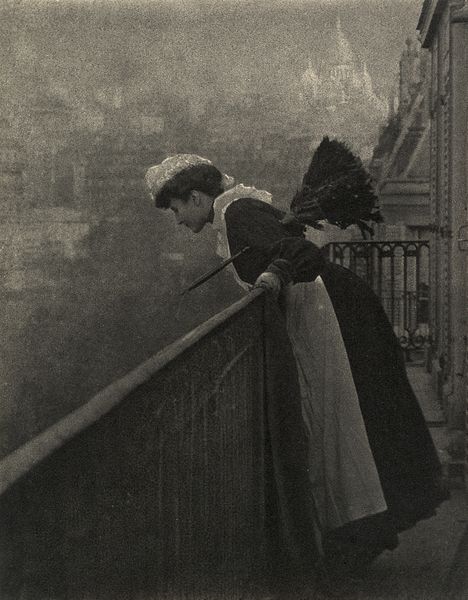
Figure 1 – Emile Joachim Constant Puyo, Montmartre, ca. 1906. This is one of the images featured in the MFA exhibit on Pictorialism. This image is from the Wikimediacommons and from the Metropolitan Museum of Art in NYC. In the public domain in the United States because it is more than 75 yrs. old. Note the painterly quality of the image. Is it a painting or is it a photograph. This is the effect that the pictorialists were after.
Yesterday I discussed photographic Pictorialism and I got interested in what exactly their bromoil process entailed. There is a lot of information about it to be found on the web, both at the Wikipedia site and, if you want to try it for yourself at the Alternative Photography site. We have previously discussed the world’s first photograph and this is a good place to begin considering the bromoil process.
For his first successful photograph Niépce, in 1826, used a pewter plate as a support medium that he covered with bitumen of Judea (an asphalt derivative of petroleum). He exposed the plate for approximately eight hours. The exposed regions of the plate became hardened by the light, much like dentists currently cure cements with UV light. Niépce removed the plate and used a mixture of oil of lavender and white petroleum to dissolved away the the unhardened bitumen. This produced a direct positive image on the pewter, which has now lasted close to two hundred years. Pretty cool, I think! And you will note oil-based.
In a more modern “oil print” the paper is covered with a thick gelatin layer photosensitized with dichromate salts. You layer a conventional negative above this sensitized paper and expose to light. This is referred to as “making a contact print.” The light exposed regions like in Niépce’s image become hardened. After exposure the paper is washed in water. The less exposed non-hardened regions absorb more water than the higher exposed hardened regions. You then remove excess water with a sponge and while the paper is still damp parts, you apply an oil-based lithographers ink. Oil and water don’t mix, and as a result the ink preferentially sticks to the hardened regions thus creating a positive image.
The “bromoil print” is a variation of the oil print. Here one starts with a normal silver bromide print on photographic paper. This is then chemically bleached and hardened. The gelatin which originally had the darkest tones, is hardened the most. The highlights will absorb more water. Finally, you ink this print as you did in the “oil print.”
The first point is obvious. This process requires a lot of skill. But corollary to that you wind up with an enormous level of artist control over the process, once you have mastered it. I also find intriguing how akin this process is to the printing process of lithography. In bromoil printing the photographer essential releases him/herself from the bonds of the silver gelatin process and gains a delicate and moody control of the art, which is precisely the effect that the pictorialists sought.

Pingback: Sharpness isn’t everything | Hati and Skoll Gallery
Pingback: A tribute to Giiovanni Battista Piranesi | Hati and Skoll Gallery
Pingback: Emile Joachim Constant Puyo, “Montmartre, 1906″ – Favorite and Noteworthy Photographs 2014 #10